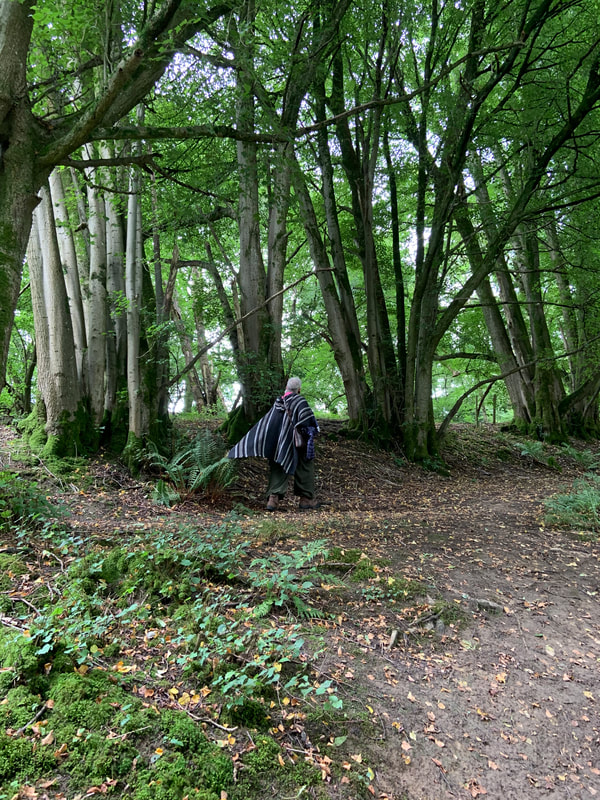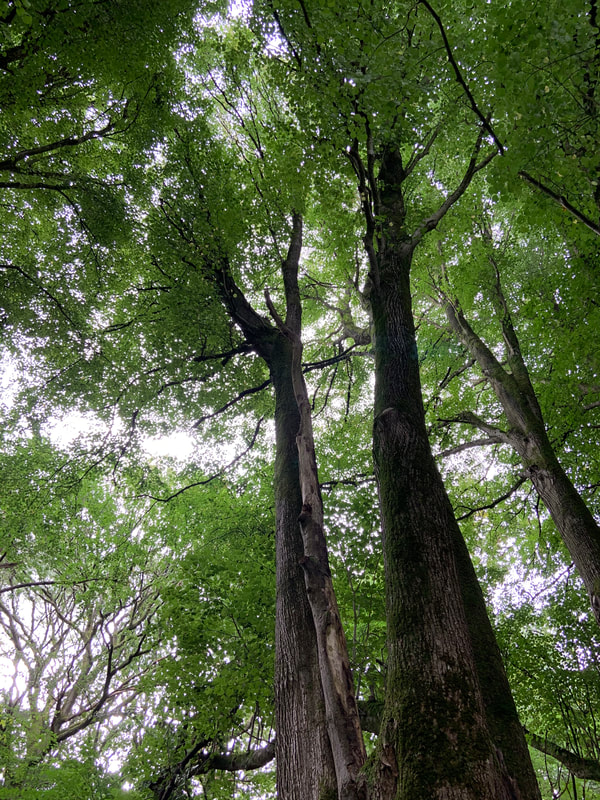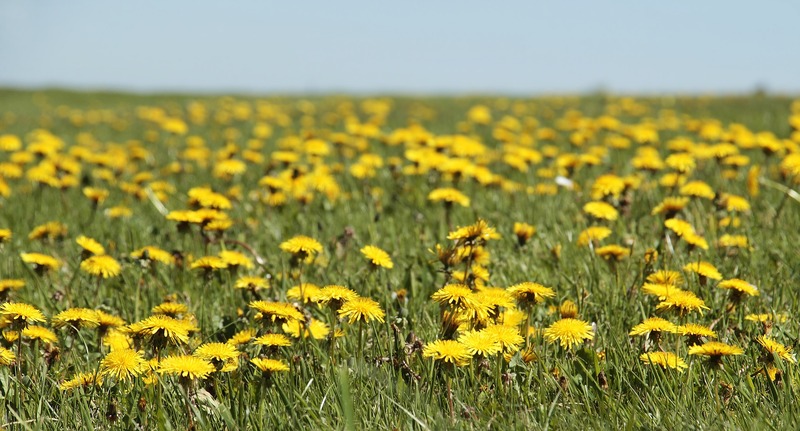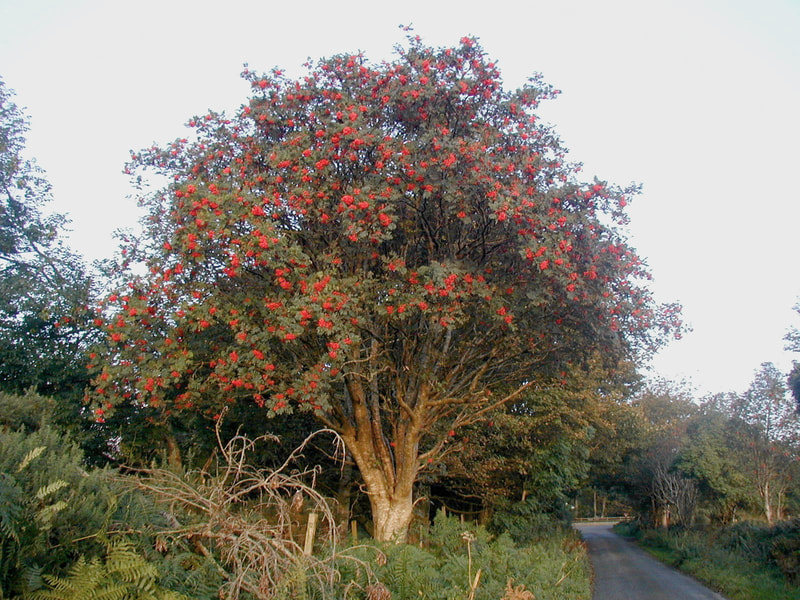|
Where tree met ditch, where ditch met field, where field met an old boundary, the oldest living being in Dorset appeared before me. heart of Wessex- Duncliffe WoodsEntering an ancient woodland is always an exhilarating experience as a quality of extraordinary age presents itself to the senses. An ancient memory triggered and a place of interest around each bend in the path. I cannot help but wonder at why we create so much human entertainment or build such extravagant monuments when here in Nature all need is met. 'The grand show is eternal. It is always sunrise somewhere, the dew is never all dried at once, a shower is forever falling; vapour ever rising, Eternal sunrise, eternal sunset, eternal dawn and gloaming, on seas and continents and islands, each in its turn, as the round earth rolls.' John Muir. My journey to Wessex this year took me to the ancient woodlands of Duncliffe which is near to the picturesque town of Shaftesbury. The landscape of this area is of gently rolling hills and for me epitomises the character of the English countryside. As I enter Duncliffe woods I noticed a ground layer dominated by yellow pimpernell and stately fronds of ferns, a welcome change from the invasive bramble and nettle of a typical fertile soil in a secondary woodland. The high trees are of oak, ash and grey willows with sections of coppiced hazel. Down in the valley a roe deer watched me and in damp places hornets, wasps and flies buzzed effortlessly. As I climbed the top ridge something in the landscape changed. Charms of song birds darted before me and I froze as a cacophony of sweet melodies announced a special place. A riot of plant species, a body of water and a high vantage point combined into a biodiverse frenzy of pure joy. St John’s wort, bird’s foot trefoil, kidney vetch, strawberries and gorse created a mecca for wildlife as tits, robins, blackbirds and nuthatches kept busy at this exquisite feeding station. I continued into the denser wood with expectation at what I would see next and then where tree met ditch, where ditch met field, where field met an old boundary the oldest living being in Dorset appeared before me. Much to my delight the boundary of the wood was marked by a grove of small-leaved limes, a sight only ever seen in old woods and not one I see often. Bluish green heart-shaped leaves upon branches attached to towering trunks of slightly ridged bark. A mere memory of the limes that once dominated lowland England yet still enough to make my heart flutter and fill me with excitement. I could almost smell the scents and hear the sounds of woodsman coppicing and working amongst these age-less trees. After sitting awhile, I continued into the dense copse and as I did so the black shape of a mature raven flew above me uttering a deep croak. This ancient sound of the skies, towering limes, moss glad oaks and stately ash transported me to a timeless landscape:- In the heart of Wessex. If you have enjoyed this article you may wish to subscribe to our free newsletter packed with articles and updates on trees, plants and nature connection.
2 Comments
Twilight is betwixt night and day and in Celtic times was the new day beginning to unfold as the days started at night. In our Woodland Bard sessions we enter the Celtic twilight through invocations, drumming and a deep connection to nature.
We started with an invocation to the land by chanting to the Primal Goddess (please see Lughnasadh article), Eriu, Banba, Fodhla and then went on to invoke the Dagdha and the Sidhe using the words below: Chorus: Take me to the Old Ones, Take me to the Hidden Ones, Take me to the Sidhe, Guardians of the Land. Good God Dagdha, Father of Many, Parentage of the Sidhe, All-knowing Noble, Spirit of the Green Wood shelter us; Power of the soft brown earth comfort us. May the strength rising from the roots of the trees transport us to the bright realms acting as pillars of hope. May the roots of trees ground us in one reality, taking us into the depths of our being, the womb of the earth. Inspiring us to be caretakers of all Nature. Chorus: Take me to the Old Ones, Take me to the Hidden Ones, Take me to the Sidhe, Guardians of the Land. Good God Daghdha, May we be as steady as a tree, serving all beings and taken only that which we need to sustain our lives. Good God Daghdha, Envelop us in the knowledge of the Green Wood. Teach us to have a compassionate heart and truly love all souls equally as one. Great God Daghdha teach us to be light of spirit, tender of heart, steadfast in being. May the wild wood of all souls continue to blossom for all eternity. Jonathon Huet 2017 We then entered the Celtic Twilight in meditation connecting with the Rowan tree and the beauty of the Dandelion plant. Both in meditation and on the physical we made an offering of hazelnuts and milk to the Sidhe, the guardians of the land and its deep ancestors. After the meditation we said a prayer to the land using these words: Give thou thine heart to the wild magic, To the Lord and the Lady of Nature, Beyond any consideration of this world. Do not covet large or small, Do not despise weakling or poor, Semblance of evil allow not near thee, Never give nor earn thou shame. The Ancient Harmonies are given thee, Understand them early and prove, Be one with the power of the elements, Put behind thee dishonour and lies. Be loyal to the Lord of the Wild Wood, Be true to the Lady of the Stars, Be true to thine own self besides, True to the magic of Nature above all else. words from the Carmina Gadelica, Alexander Carmicheal. Notes on the Celtic Twilight In the nineteenth and twentieth centuries a 'Celtic Twilight' emerged; learned people felt inspired to research and revive our Celtic traditions. By this time the traditions of this land had suffered immensely, but thankfully in the Celtic lands of Scotland, Wales and Ireland these traditions had not been completely obliterated and old texts have survived that have insights into our traditional oral past. Great writers and poets such as William Butler Yeats and Lady Gregory helped bring about a revival of Irish literature and poetry and the Scots Alexander Carmicheal and Professor Magnus Maclean helped renew interest in Gaelic literature and Celtic studies. Lady Charlotte Guest put the ancient stories of Wales ( the Mabinogion) into a modern print format for the first time in 1841 and Kuno Meyers a German Scholar brought much ancient Irish poetry back into the light. The words below also used in the Woodland Bard Evening were written by Fiona Macleod who was also of this time, her writings are a huge source of inspiration: How beautiful they are, the lordly ones who dwell in the hills, in the hollow hills. They have faces like flowers and their breath is a wind that blows amid grasses filled with white clover. Their limbs are more white than shafts of moonshine, They are more fleet than the March wind, they laugh and are glad and are terrible When their lances shake and glitter every green reed quivers. How beautiful they are, How beautiful, The lordly ones in the hollow hills. Fiona Macleod For me the Celtic twilight is as real as ever and is not a neo-pagan tradition but a living tradition brought alive by practitioners working directly with these traditions that are still alive in all of nature. More modern writers continue this work such as Caitlin and John Matthews who offer that same living tradition through their incredible works. I hope you can join us for our next evening on the 16th September wherever you live and continue to explore the Celtic Twilight and connect deeply with the land. You may wish to subscribe to our free newsletter packed with articles and updates on trees, plants and nature connection. Wishing you many Blessings. |
Details
Poetry of flowersJoin me to explore the flora of the British Isles on this blog. My intention is to attempt to capture the unique quality and beauty of each species of flower, tree or shrub. For every species featured I will be growing many more wildflowers to celebrate the joy of their existence, their intrinsic conservation value and bewildering array of uses. For nearly 30 years I have noted, studied and explored wildflowers in the field much to the patience of the walker beside me. To share this passion is a heartfelt plea to respect, preserve and care for all British Wildflowers no matter how common they seem. Archives
February 2024
Categories |





 RSS Feed
RSS Feed
